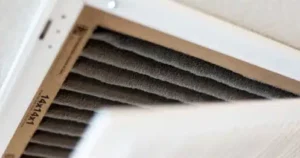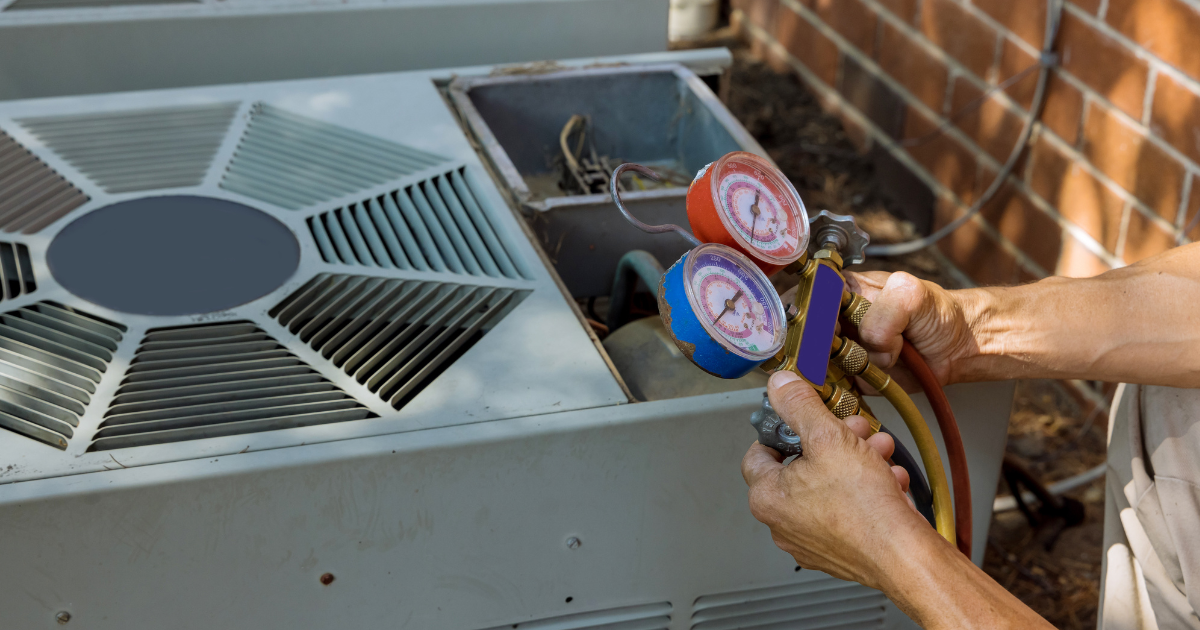Should I Get an Air Quality Test? The Right Choice for Every Breath You Take
An air quality test is a way to determine whether your household’s air contains toxins, contaminants, or pollutants. According to the World Health Organization (WHO), approximately 90% of people worldwide encounter some form of air pollution daily. In addition, around 93% of children under 18 live in environments with air pollution that exceeds WHO’s acceptable levels. While most people associate air pollution with smog and other outdoor toxins, household contaminants are also harmful since many people spend considerable time indoors. A look at the most compelling reasons for indoor air quality testing can help you feel more knowledgeable and confident about every breath you take within the home.
WHAT CAUSES POOR INDOOR AIR QUALITY?
Poor indoor air quality results from high concentrations of pollutants within any designated space. It can also result from problems with pressurization and ventilation, poor circulation amid extreme temperatures, or humidity. If you suspect a change in your air quality due to these factors, you can contact an HVAC specialist for a professional evaluation.
INDOOR CONTAMINANTS AND POLLUTANTS
Indoor contaminants can originate from chemicals, biological specimens, and organic compounds. Chemical pollutants include formaldehyde, carbon monoxide, and radon. These pollutants can be derived from furniture, house paint, cleaning products, carpets, or the ground beneath your home. Toxic combustion fumes from cooking fuels and second-hand tobacco can also linger in rooms and compromise indoor air quality. Other inorganic contaminants like dust, asbestos particles, or lead can result from inefficient housekeeping, construction, or outdated household goods.
While most chemical pollutants are serious, many homeowners find carbon monoxide and radon among the most alarming. Carbon monoxide is an odorless, flammable, and poisonous gas that can seep from various locations in a house. Sources of carbon monoxide poisoning include gas stoves, space heaters, gas appliances, and garages. Often nicknamed the “silent killer,” this chemical can harm pets, small children, and the elderly. If left unchecked, carbon monoxide leaks can be lethal. An HVAC professional can test the air for this chemical and install detectors or additional help as needed.
Radon is an odorless, colorless gas naturally present in rocks and soil. It can seep into the home through cracks in the foundation or sump pumps. Radon can also occur in high concentrations within basements or older homes. According to the Environmental Protection Agency (EPA), radon exposure is the second-leading cause of lung cancer after smoking. Individuals purchasing a home or who plan to use the basement as a bedroom or man cave should test for radon. You can also check with the health department to see if you live in a high-radon region.
Biological pollutants include mold, mildew, algae, and fungi. These contaminants are often the result of unchecked moisture from plumbing leaks, high humidity, or indoor plants. Other biological contaminants include dander, pet fur, and dust mites. These particles are some of the leading causes of household allergens. Finally, homeowners should also consider testing for volatile organic compounds (VOCs). These chemicals can exacerbate preexisting respiratory issues.
PRESSURIZATION AND VENTILATION
Poor ventilation can cause otherwise low levels of contaminants to become concentrated in one area or room. For example, a kitchen with a gas leak and underperforming vents can pose a safety hazard to the building’s occupants. Likewise, when there is no air circulation in rooms, it can impact the building’s pressurization. Fortunately, an HVAC professional can check vents and circulation to determine whether your home has problems with airflow.
TEMPERATURE AND HUMIDITY
Extreme temperatures and humidity can also affect indoor air quality. For one, higher humidity levels naturally reduce air circulation. This means that unwanted particles can essentially become trapped in the air. Hot temperatures and high humidity can also create the perfect breeding environment for certain types of mold, mildew, and bacteria. Even cold weather can impact air quality since homeowners are more likely to turn up heaters and gas devices. Any leakage problems with these devices can then affect the caliber of your household air.
WHAT ARE SIGNS OF POOR AIR QUALITY?
Most homeowners first identify changes that they can see and smell. For example, visible water damage or stains on walls, ceilings, or floors could indicate a leak somewhere within your structure. A professional inspector can then determine the source of the leak. Similarly, strange, persistent, or foul odors can indicate chemical emissions or trapped moisture. A trained contractor can identify the exact cause of these foreign smells. Even homeowners who notice a lot of dust in their homes may wish to consider testing. High dust levels could indicate an increased concentration of dust mites, resulting in allergens that could aggravate breathing issues.
In addition to seeing or smelling changes in air quality, it is also possible to feel the effects of poor air quality. Persistent health symptoms may indicate that indoor air has begun to cause respiratory problems. Some of the most common symptoms can include the following:
- Worsening allergies
- Nasal congestion
- Persistent headaches
- Ear, nose, or throat irritation
- Unusual rashes
- Fatigue
- Nausea or dizziness
- Shortness of breath
- Frequent colds or illnesses
Health signs can also indicate the potential source of air quality problems. For example, itchy eyes or a scratchy throat could represent an allergic reaction to airborne particles and contaminants. However, symptoms like nausea or confusion could indicate dangerous carbon monoxide or radon levels in your home. In this instance, an air quality test is necessary to rule out potentially life-threatening issues.
WHY IS IT BEST TO GET A PROFESSIONAL AIR QUALITY TEST?
A professional technician should be the one to conduct an air quality test on your home. Professional air quality tests consist of observation, data collection, sampling, and final assessment or evaluation. Although amateurs and generalists may feel they can conduct some parts of this process, attempting to complete the test without training often results in incomplete data. Trained professionals can identify the origins of bad air quality. This may range from hidden mold to dangerous chemical exposure. In addition, trained professionals have the right tools to properly interpret the results. Finally, these professionals can also help you take steps to remove contaminants and improve the air quality within the home. These steps include installing an air purification system, or whole-home filtration system.
OUR SERVICES
Whether you work remotely or spend a lot of time indoors, ensuring good air quality is important. Given the unique environmental conditions of Riverside and the surrounding areas, air quality testing is a must for your home. All Pro Air provides indoor air quality solutions to help you breathe easier. We offer air purifier installation and can also tune up your device. In addition, we offer smart thermostats, UV-light installation to eradicate pollutants, and maintenance plans to ensure that your essential appliances remain in top-notch shape. You can also inquire about all our heating and cooling services. For the best air quality testing solutions, contact All Pro Air today.



